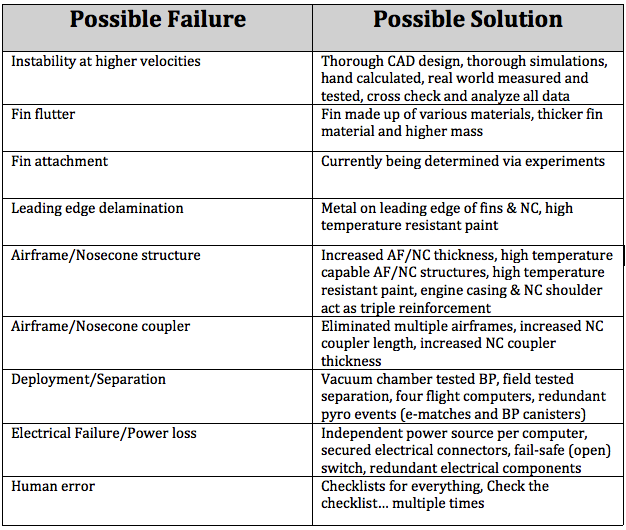Now that is something I had not considered. I wonder how that differs when the resin in no longer neat, granted it depends on whats going into it, but I wonder… say, how much carbon strands alter that.
However it might be safe to conclude that it will not get close to the stiffness of metal, and thus the brackets might be a good idea. I am in the middle of the road right now. I know what has failed and what has succeeded but I do not know what is necessary. I think I am leading towards the brackets to be honest; that way chances of success are higher.
I would really like to leave them out but… well you know!
Adding fibers to the fillet will increase stiffness, but it's
very hard to orient them properly to get the maximum benefit in a fillet. Randomly oriented doesn't help that much in my experience. Furthermore, when you add enough to reach the stiffness level you want, you start to lose adhesion.
So I had a little time and through together a quick possible failure analysis. If there are any other things you guys can think of let me know. I will add edits/updates to the list later on.
1. You may be interested in canting your fins to induce spinning. I was simulating Bare Necessities in Openrocket, which predicts that it goes unstable, but even when the CP is ahead of the CG, if I gave it a 1/2 degree fin cant it still went perfectly straight. (at Mach 4, it spins really fast, exactly when it needs the spin to remain stable).
2. Sure, make them decently thick, and you'll be fine.
3. Experiments are good.
4. Make sure your attachment is good. Paint can help, but it may require high-temperature curing.
5. FWFG nosecones don't seem to be a problem; they hold together fine in Mach 3 shreds from what I've seen.
6. The increased thickness is a good thing. Good enough? Time will tell.
7. It obviously depends on the specific setup you have, but yes independent batteries are good. I'd personally have no switches; just plug the batteries into connectors to power things on.
8. Human error. Ah, yes, human error.
If you read the BN thread, you may find that we scrubbed our first launch in no small part due to it being a difficult design to assemble in the field. Our second design was such that it had almost no assembly to be done in the field: the deployment bag and ARRD were packed and ready to go days in advance, the av-bay was assembled (we just had to plug in the batteries), and the shear pins were pre-installed.
All we had to do at launch time was:
1. Plug in the avionics one at a time, verify that they worked.
2. Insert the avionics sled into the nosecone.
3. screw the tip on the nosecone (which held the avionics in).
4. Inserted the parachutes.
5. Tied the shock cord onto the booster's y-harness.
6. Verifying that there was no short-circuiting using lightbulbs, we installed the big black powder charge.
7. Applied thread sealing goop to the threads.
8. Screwed the whole front end onto the booster.
That's it. Everything else was essentially done before we got to Black Rock. Keep the list as short as possible, and human error goes away. It does help to have a partner who knows the entire rocket as well as you do go over it with you, though. That would probably be your L3 advisor. If they don't know it backwards and forwards, make sure that they do.






